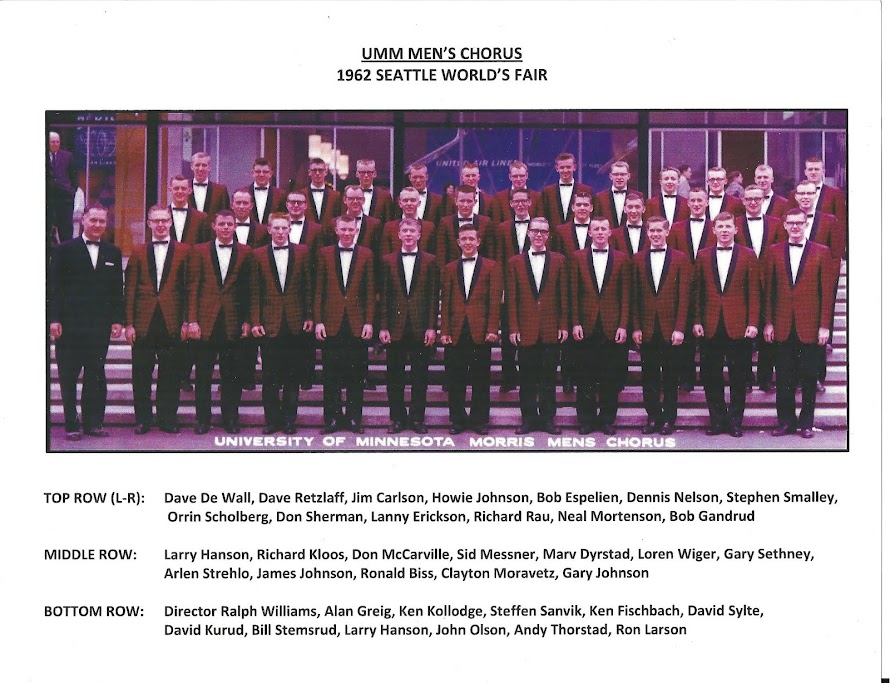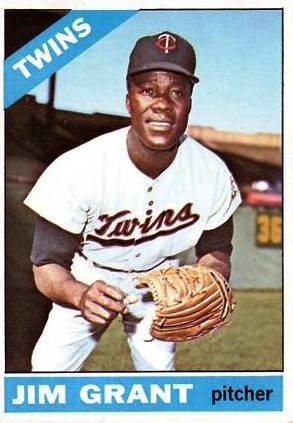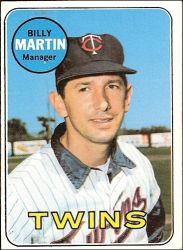 |
| Here's the north entrance to our UMM Student Center. (B.W. photo) |
While UMM is eager to have me know about everything that is going
on out there, there are places where community members are apparently
not welcome. Oh, I understand why consternation might be felt about
non-students being in a place like a student residence facility. But the
"Student Center" seems to be another matter.
It's really a misnomer. UMM's "Student Center" is really the most
public place on campus. It includes Edson Auditorium and Oyate Hall. I
have been there many times for formal events. Often the food and
hors d'oeuvres served there are of the exotic variety, away from the
mainstream. It's not my cup of tea, but then again maybe my tastes
aren't representative.
The Student Center marked its "21st" birthday. It's kind of an
oddball milestone. Normally you'd expect increments of 20, 30, 40 etc.
But "21" suggests "age of adulthood." Although, when I was young America
was experimenting with a younger age for this. I was age 18 in 1973
when I recall the doors were opened for such "privileges" as drinking in
bars for us folk. The argument was that if young men could be called
upon to fight and die in Viet Nam, those of their age could have adult
"privileges."
Isn't the drinking age 21 now? I'd hardly know because I haven't
consumed alcohol in ages, other than to have a beer with my pizza at
Pizza Hut, for reasons having nothing to do with craving alcohol. Not
that I have ever craved alcohol, but when I was young, my generation was
supposed to pretend we enjoyed this pastime of putting down booze. And
drugs. If your parents are boomers, they probably won't want to open up
to you about this.
So anyway, our Student Center at UMM has "come of age," reaching
"21." It's almost embarrassing because it reminds us that UMM didn't
have a student center prior to 21 years ago. St. Cloud State had its
Atwood Center complete with its bowling alley and ballroom, but UMM had
nothing equivalent. I'm sure UMM students were content and fulfilled
anyway. But there was no student center. Now we have had one for 21
years. Where does the time go?
But I sense there is a problem with the Student Center. There is a
room there where "community members" (i.e. non-students) are prohibited from entering. The doors to this room are right in the main
hallway. It seems like an inviting place. It's a lounge. You might want
to grab a copy of the University Register, find a place on a sofa in
there and page through it. There is no sign at the main doors, to my
knowledge, stating that access is restricted. Instead you'll see a
couple sheets of paper tacked to bulletin boards in there stating that
only UMM students are allowed. I thought at one time the purpose of that
message was to just discourage high school kids from coming out. But
no, if you're a "community member" you'd better not go in there.
For a long time I popped in there occasionally, thinking it was
just no biggie, and no one seemed to care. I was seen by UMM employees
and occasionally even by a security person. No one cared. Until finally
the day of reckoning came. Of course, the security person who accosted
me didn't know who I was. Not that I'm important or anything, but people
who know me know I'm upstanding and innocent. I remember once when a
UMM employee sat down beside me, and I felt I should explain that "the
computer stations at the public library were full." He smiled and said
"I don't care (about you being here)."
I know of other community members who have sought the use of
University facilities in like fashion. Such as, the wife of a former
Morris mayor who said she went to the Briggs Library to grab a computer
and do some genealogical work. She told me this suggesting she realized
she probably wasn't authorized to do this. She said that early-on she
exchanged sort of a "knowing glance" with a high-ranking library
employee with whom she had a personal friendship. That goes a long way
of course. But it shouldn't. There should be consistent policies. And in
my case, I resent that I was targeted for a hostile encounter if it was
because of "profiling" or "stereotyping." In other words, a 58-year-old
male like myself is apparently seen as "suspicious" while an "older
lady" like the person I just referred to, is given a pass.
You might chuckle. But seriously, it is never pleasant to be
treated in a way that reflects "profiling" or "stereotyping." UMM has an
underlying philosophy of diversity that would seem to contradict this
approach by campus police.
Really, what is a UMM student supposed to look like? Can't a UMM
student be practically anyone? Should campus police use appearance as a
criterion for determining whom to harass?
OK, let me steer my thoughts in a more constructive vein. Let's
synthesize: If UMM really feels it should have a computer/study lounge
that is accessible only for UMM students - no exceptions allowed - it
should be in a more out of the way place on campus, not on the other
side of the wall from Edson Auditorium. Another constructive suggestion
would be to employ the RFC approach: allow access to community members
if they wish to purchase access. An ID card could be purchased. So it
could be a revenue source.
People reading this might shake their head and say the following:
"Brian, why don't you just use the public library?" Well, I do. I love
our public library but it has some limitations. It's closed on Sunday
and closes at 5 p.m. on Friday and Saturday, plus it's closed for many
holidays. That UMM lounge is open seemingly all the time. If I want to
check my email on a Sunday, the only place I could do it is at UMM.
The public library has six permanent computer stations which at
times seems not enough. At UMM the supply is way in excess of the
demand. The public library computers can be a little erratic. UMM of
course only installs the best (just like the Army). One minor annoyance
at the library is that the atmosphere can seem like a daycare center
sometimes. But God bless little children and families. At UMM the
atmosphere can be more conducive to concentrating.
People might say "Brian, why don't you just buy your own computer?"
Yes, and I could buy all my own books too, except I choose to check
many out at the library. The City of Morris with its limited resources
feels it should try to accommodate everyone, including UMM students, at
our public library. But UMM does not reciprocate. UMM has a restricted
access policy unless maybe you're the wife of a former mayor.
There should be a coordinated effort to promote public computer
access in Morris, and this should include both UMM and the "community."
To repeat: The RFC is a model for this.
For the record, I can get all the computer time I personally need
between the public library and the senior community center (where I pay
full price for lunch every weekday). Truth be told, I actually just like
to come out to the campus once in a while. There isn't much talking at
the computer/study lounge but to the extent I've had contact with UMM
students, it has been very pleasant. I can examine the current
University Register and look at all the posted bills to see what events
are coming up. I remember last fall seeing an announcement for a
late-night free meal at the Food Service building, and I actually
attended. I wonder if I risked being accosted and thrown out by one of
those campus police.
I made a four-figure financial contribution to the RFC when it
began. I have made a couple other financial gestures to UMM since. When I
was finally thrown out of the computer/study lounge, I initially told
the security person this, thinking he'd at least be more at ease and
more polite. But it didn't work. He behaved like a Nazi SS officer,
asking to "see my papers" (my driver's license). And this was after I
stated I was a UMM benefactor. Then I went through the humiliation of
sitting there for a couple minutes while he jotted down information from
my license.
I can't think of any reason he would have accosted me other than my
apparent age. There was a time in this country when black people were
treated in a certain way because they were black. If that security
person sees me on campus again, will he pull his gun on me?
I have paid scant attention to Campus Security through the years,
and until recently felt basically positive about these people, although I
think this department was negligent on the day of the goalpost
incident. Oh I know, the UMM company line about this is that it was just
students behaving foolishly. But I'm well familiar with the concept of
the "attractive hazard," well-known in the insurance industry.
The goalpost incident caused major problems in my life. It should
have been a day when everyone just did their job and went home. We
didn't need to become a magnet for the national or even international
media.
Maybe Campus Security is a little more vigilant now. They sure are,
when it comes to that lounge at the Oyate/Edson building. UMM is a
marvelous place. Let's keep it inviting.
- Brian Williams - morris mn minnesota - bwilly73@yahoo.com



